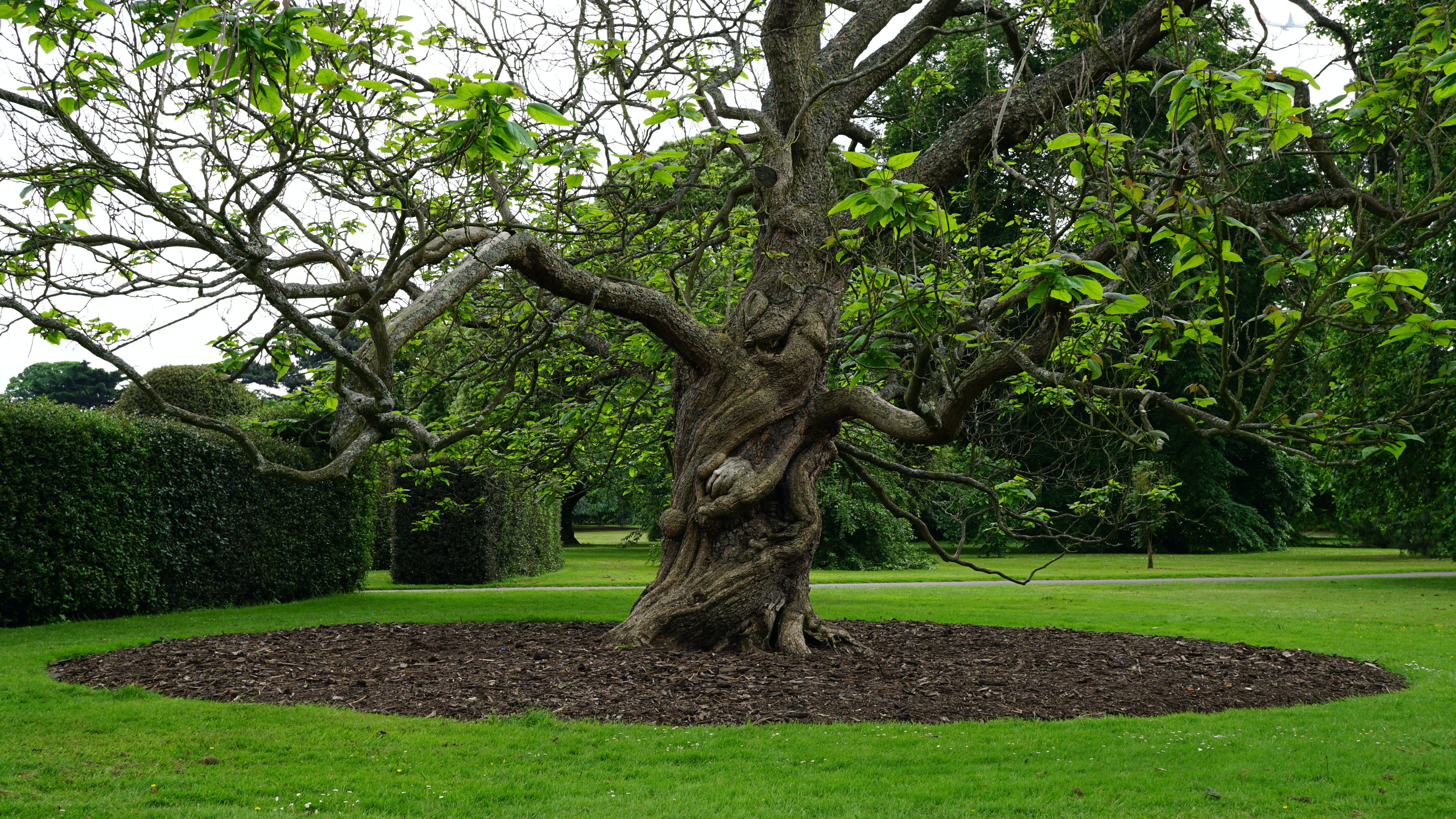
Revitalize Your Lawn With a Compost Spreader
Posted by Grange Co-op on 12th Jul 2022
Every homeowner takes pride in having a green, healthy-looking yard. One way to improve your lawn’s appearance is by spreading compost on the soil. But even the most enthusiastic homeowner might not enjoy this aspect of lawn care. Traditionally, the only way to accomplish this task was to shovel compost from a trailer or wheelbarrow onto the lawn or in the garden. The wheelbarrow let them drop a pile of compost every few feet so they could spread it out across the beds. However, this system was time-consuming, and it wasn’t easy to get the compost evenly across the beds. Today, a compost spreader does the job of composting a lot easier and more accurately.
What Is Compost and Why Do I Need It?

Compost is organic material that has decayed or broken down into fertilizer. Spreading compost across your lawn improves the soil’s structure and makes it more fertile for growing new plants. Composting actively recycles food and organic waste, so nutrients get re-used to the benefit of your lawn. The additional nutrients help encourage healthier growth for a lusher appearance.
Other environmental benefits include reducing greenhouse gas emissions and mitigating the impact of droughts. Increasing the porosity of the soil also helps conserve moisture. Good composting practices produce nutrient-dense fertilizer to bring new life into your lawn. Not only will the nutrients contribute to healthier soil and plants this year, but they will enhance your soil for years to come.
Where to Get Compost
You can purchase compost bags that are ideal for small gardens and flower beds. You might want to start your own compost bin if you plan to fertilize your entire lawn. Applying with a compost spreader will ensure that the material is distributed in a thin layer across the yard.
The organisms that decompose organic waste require nitrogen, carbon, water, and air to thrive. You need the right combination of materials to achieve the desired carbon to nitrogen ratio. Ideally, the compost will contain 25 to 30 parts carbon for every part of nitrogen. You also need the right amounts of water and air to achieve optimal results. More carbon will result in drier compost that takes longer to break down. Too much nitrogen might result in wet, slimy compost that smells bad.
Balancing the Greens and Browns
Greens are the major contributors of nitrogen in the compost, encouraging fast growth and reproduction of the decomposers. Add more nitrogen to your compost pile with grass clippings, coffee grounds, or food scraps.
Browns are the carbon contributors found in brown plant material. Carbon provides a food source for decomposers as they do their work. Add carbon by including dead leaves, twigs, branches, and paper.
The best way to maintain the 25/30 to 1 ratio is by adding two to four parts of brown material for every part of green material.
Maintaining Air and Water
The decomposers that break down the compost pile need water and air to keep working. Optimize air flow by layering green and brown materials, keeping materials in small pieces, and turning the piles regularly.
If you add food waste to your compost, you might not need to add any water. Otherwise, add whatever is necessary to keep it at the consistency of a wrung-out sponge.
Other types of compost used include farmyard manure, green manure, and vermicompost, which involves maintaining and feeding earthworms. Each of these has different purposes along with its pros and cons.
Other Types of Soil Amendments
Compost is one type of soil amendment that is added to improve its abilities. Peat moss and mulch are some other popular soil amendments that people use as a topdressing.
Peat moss has been used as a soil amendment for a long time. It helps soften soils made of clay and other heavy materials to improve the structure. It also helps sandy soil retain moisture and nutrients.
Mulch is any material that is spread in the soil to suppress weeds, stabilize soil temperatures, improve water retention, and improve the look of your lawn. Often it is made of wood chips and shredded tree bark.
All these different types of soil amendments and varieties of compost have one important feature in common. You can use the same compost spreader to apply the perfect coverage to your lawn.
How a Compost Spreader Works
A compost spreader provides a more even distribution of fertilizer while making the job a lot easier for you. The tool goes by many names, including peat moss spreader, peat roller, mulch spreader, mulch roller, compost roller, lawn roller, topdressing roller, and topdressing spreader. That’s because you can use the same tool to evenly spread any of these materials across your lawn.
The Peak Seasons Compost Spreader from Grange Co-op is a good choice for use with all types of compost. It has an open basket design that breaks up clump materials as it tumbles. Spread any compost, peat moss, or other topdressing material by simply pushing the spreader across your lawn. Steel construction with a heat-treated powder-coated finish makes it durable and long-lasting.
Shop Grange Co-op for a Compost Spreader
A compost spreader offers benefits you can see in a greener, healthier lawn. You will find the products you need to start making your own compost or applying the soil amendment of your choice. If you have questions, contact us and one of our experts will be happy to help!
